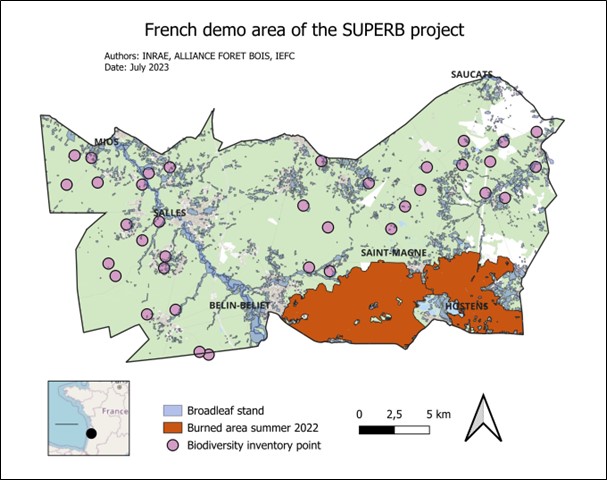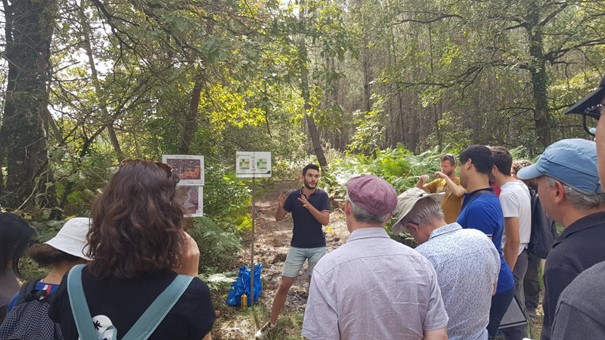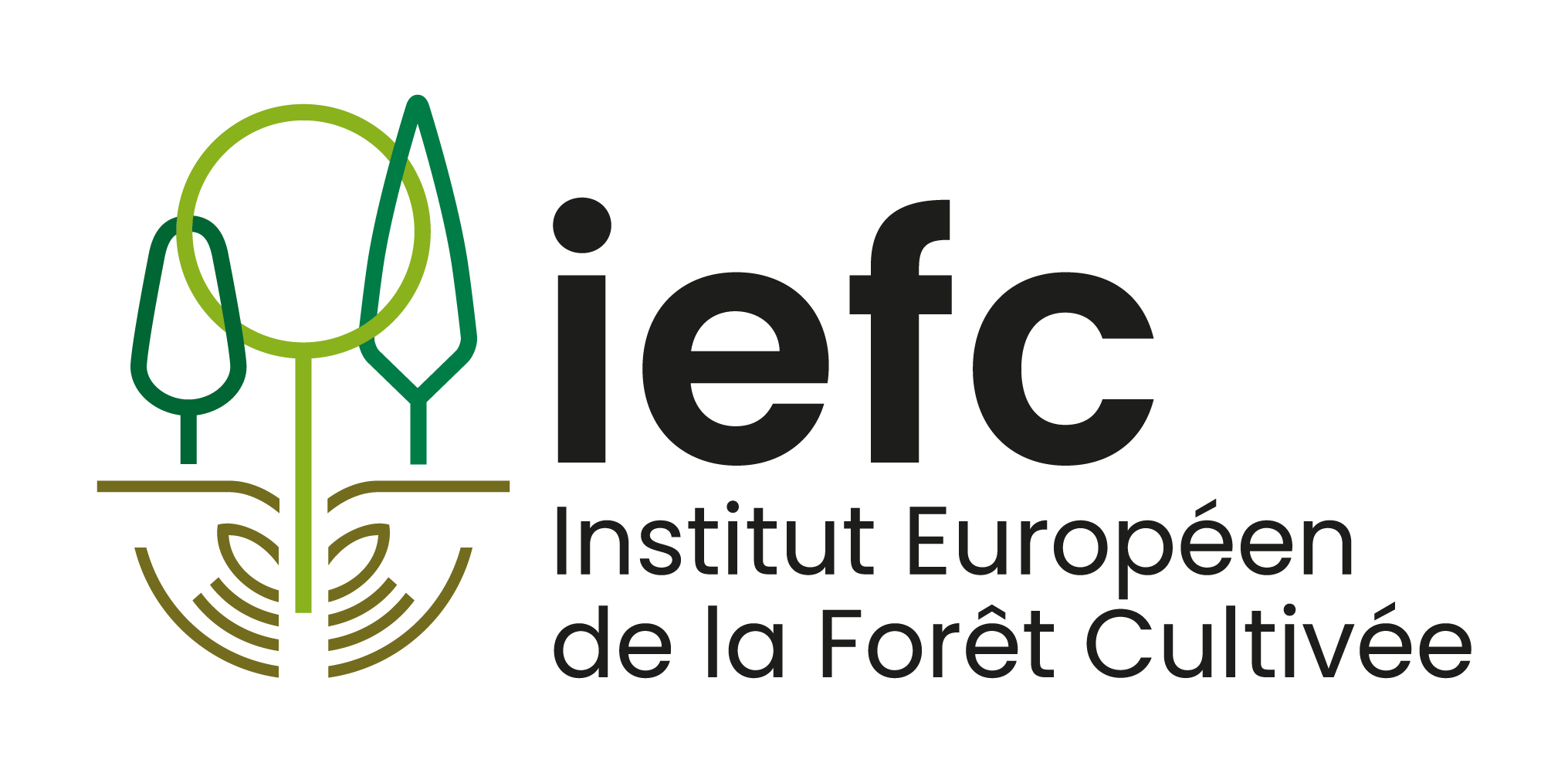The living lab of the SUPERB – BOCAGE FORESTIER project in Nouvelle-Aquitaine introduced the biodiversity inventories underway and the extent of its demonstration area.
The EU’s new 2030 strategy for forests aims to strengthen measures to protect and restore the European’s forests, thereby enhancing their resilience and maintaining their socio-economic and environmental functions. This is also a multi-billion euro emerging market, requiring the development of reliable methods for both forest owners and managers. The active planting approach has already proved its worth in the restoration of mountainous areas and other sensitive or degraded environments, but other methods need adapting in the context of climatic uncertainty. Even production forests, which are sometimes more exposed to certain risks, need to have the sustainability of their practices considered. We would like to share with you an initiative currently underway in the Landes of Gascony region (France), the living lab BOCAGE FORESTIER led by IEFC.
The Landes of Gascony is an area of 1.5 million hectares, 73% of which is covered by forest, and nearly 90% of which is planted with a monoculture of maritime pines. This low diversity in species and structure, combined with intensive resource management, exposes the land to high biotic risks, as well as to storms and fires. A landscape approach to restoration has been proposed, inspired by the ancient system of agricultural bocage. The many benefits of tree hedgerows are well known, even in forested areas, and includes biodiversity refuge (butterflies, birds, etc.), protection against pests, reduced risk of windthrow, and a barrier effect against fire. It was to verify these effects in the Landes context that the BOCAGE FORESTIER project was created, supported by INRAE, the Alliance Forêt-Bois cooperative and IEFC.
The aim of the project is to diversify the tree species present in the landscape, while increasing the heterogeneity and connectivity of edges at the landscape level, in order to maintain a high production capacity at the stand level. A 50,000-hectare demonstration area has been specified in the southern Gironde, where two studies are being carried out in parallel:
– The first is to verify the role of mature hedgerows by quantifying their contribution to biodiversity conservation and the protection of adjacent pine plantations. An initial mapping exercise revealed the existence of mature hedgerows in the area. 36 of these were selected for a biodiversity inventory based on various criteria of connectivity and the density of hardwoods. The biodiversity inventory carried out by INRAe included the sampling of populations of spiders, ground beetles, flying insects, bats, birds and other taxonomic groups. You can find the popularized protocol on our website.
– The second study, led by Alliance Forêt Bois, involves the experimental planting of new hedgerows to resolve technical issues concerning the design, preparation, and installation of such a linear system. The aim is to install 10 km of hedges in the demonstration area before 2025, in order to establish the reliability of an operational method that can be easily deployed by Landes Forest owners.

The Living Laboratory, managed by IEFC, combines experimental activities and consultation with local stakeholders, so as to benefit from everyone’s experience and opinions (decisions on the choice of species to be planted, demo zone perimeter, planting methods and technical options) and thus ensure greater acceptance of the project’s results. Two workshops have already been organized in September 2022 and 2023 to bring together a wide range of local stakeholders and keep them informed of the project’s progress.
The latest meeting on September 7 was an opportunity for the project team to present the state of progress of the various activities underway, and to listen to participants’ reactions and suggestions. It emerged that the priority, before seeking to improve edge connectivity, should always be to preserve what already exists. The mapping of broadleaved plots in the demo zone carried out at the start of the project is therefore valuable information that needs to be disseminated widely. It would also be useful to examine the sociological reasons why private owners maintain (whether voluntarily or not) these broadleaved hedgerows. These may be property boundaries, former pastures or ditches, riparian forests, etc., whose history and reasons for conservation are important information for a better understanding of the object of our study.
Finally, the committee decided to start thinking about how to deploy the results to forest owners. Although the schedule is tight, the upcoming restoration of stands burnt during the 2022 summer fires offers a unique opportunity to coordinate efforts to restore this network of hedgerows. Targeted work with forest owners and public authorities is planned for next spring.

A third meeting has already been scheduled for autumn 2024 to present the consolidated results of the biodiversity inventory and recommendations for the deployment of hedgerows plantations.
Finally, this work in Aquitaine is part of a European network of experiments in forest restoration methods, coordinated by the SUPERB research project, which we have written about previously. With 12 demonstration areas in as many countries, and large-scale surveys to record external experience, the SUPERB project aims to create a platform for proposing tailored, turnkey restoration solutions for forest managers, owners and financiers. Please do not hesitate to contact our institute or the EFI coordinator for further information.
Benoît de Guerry, IEFC
